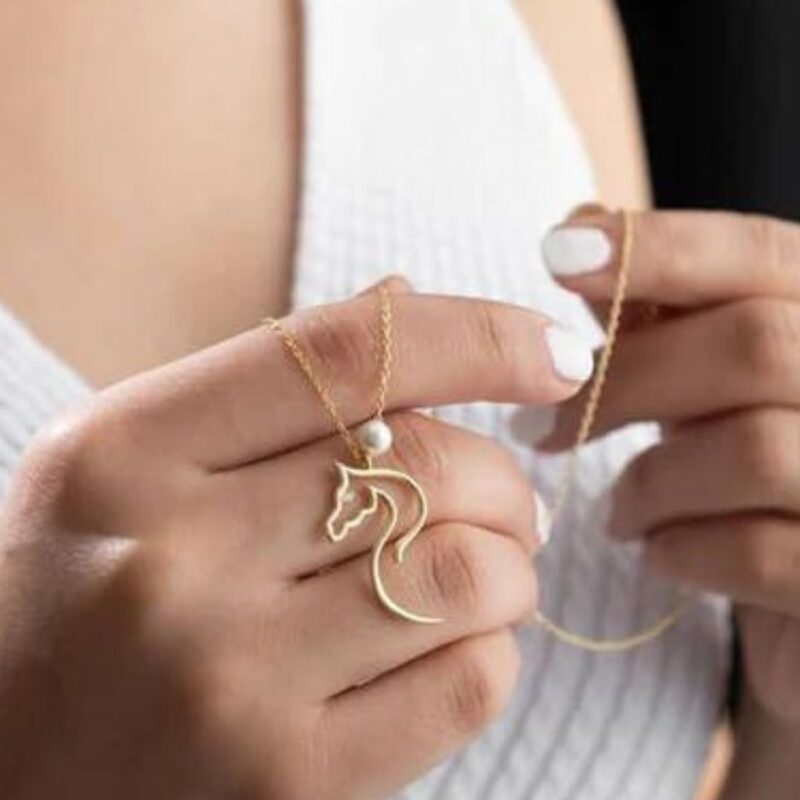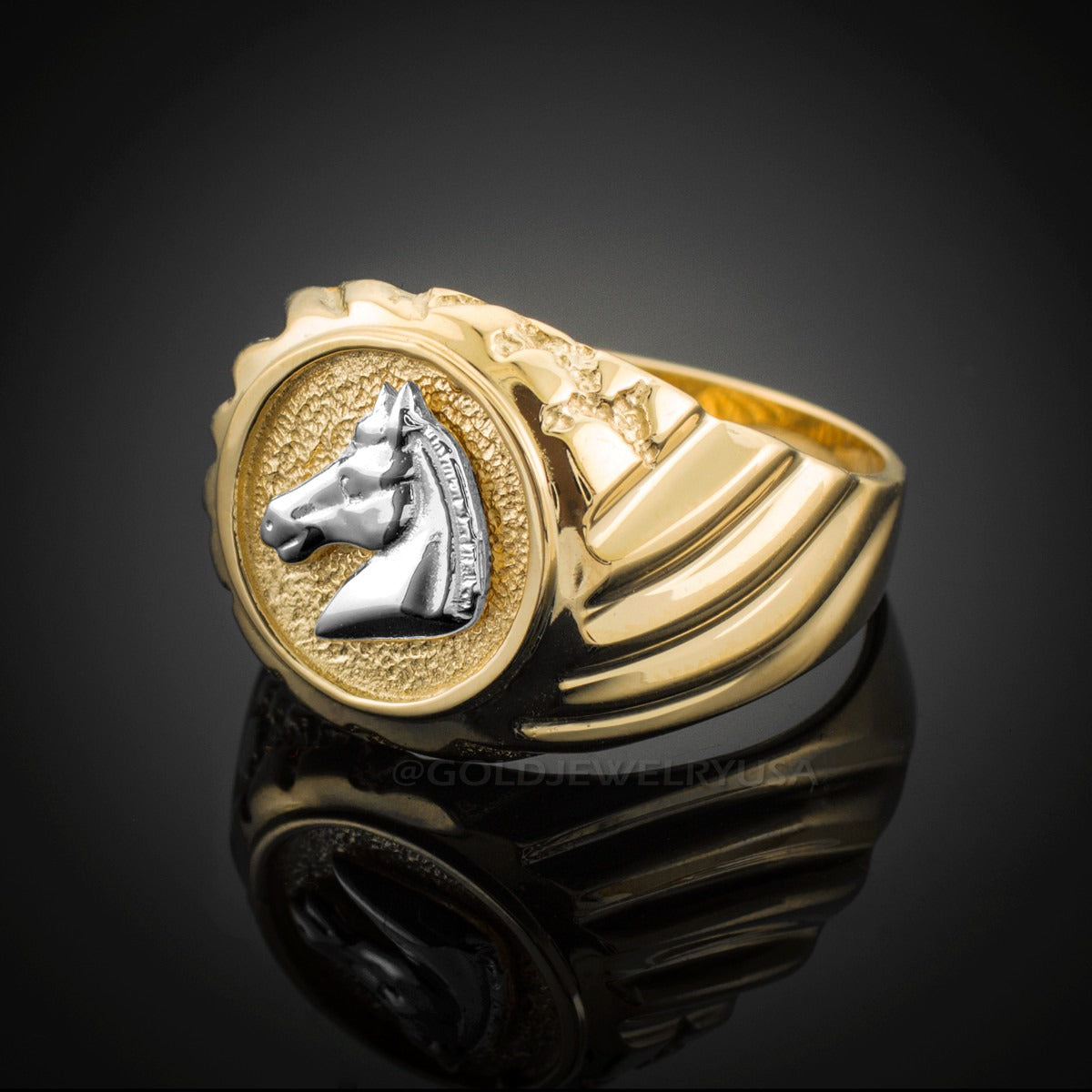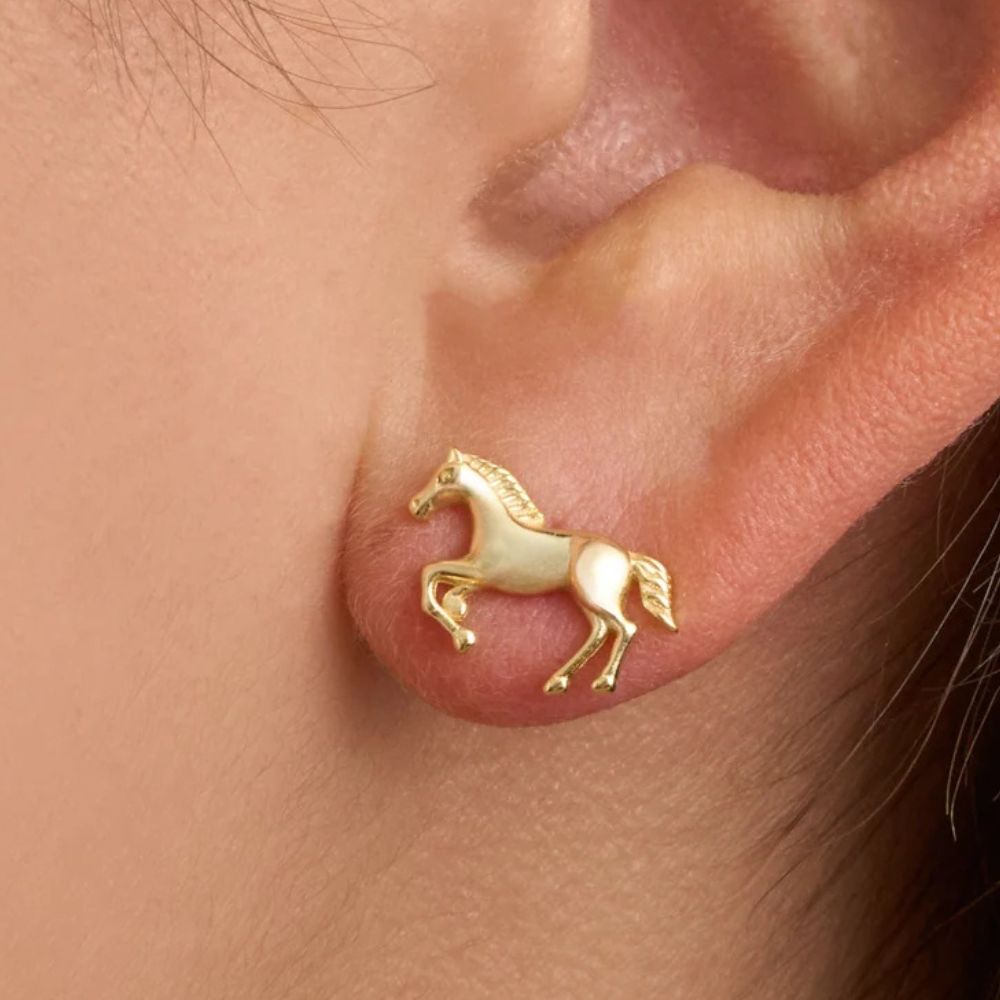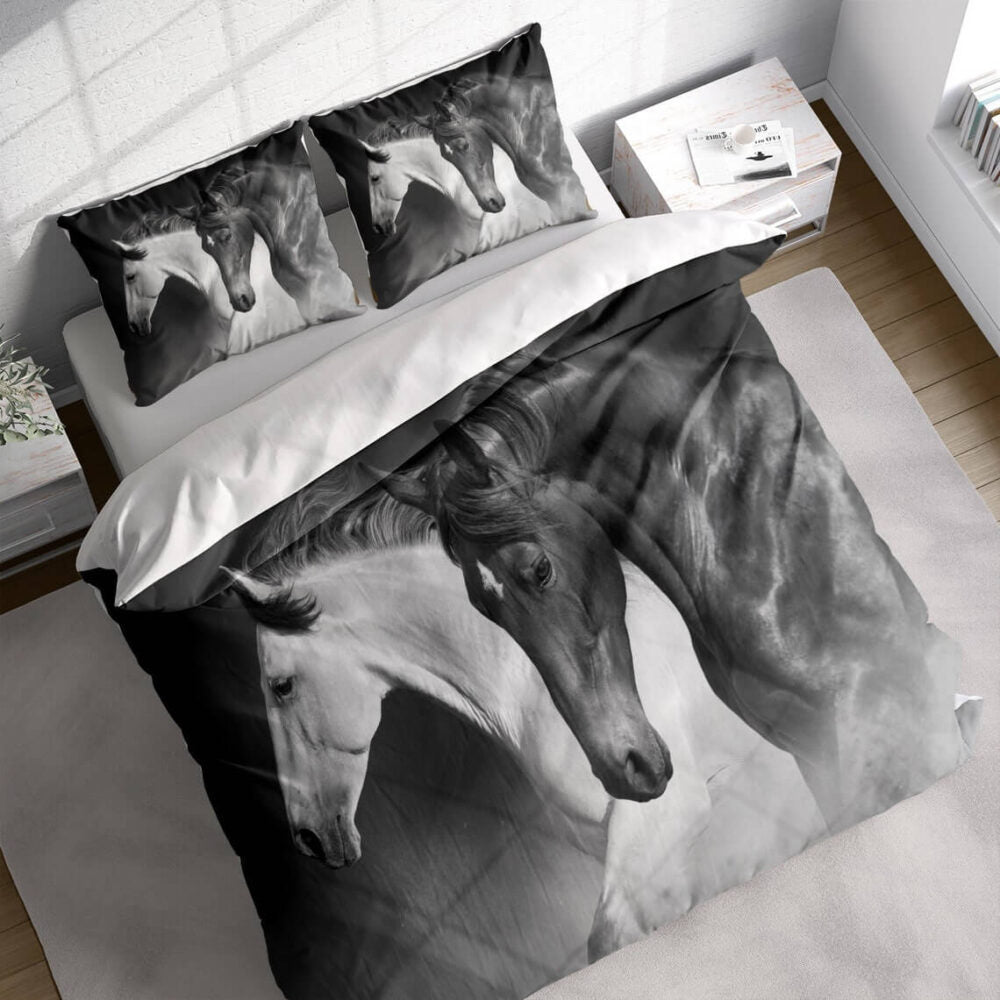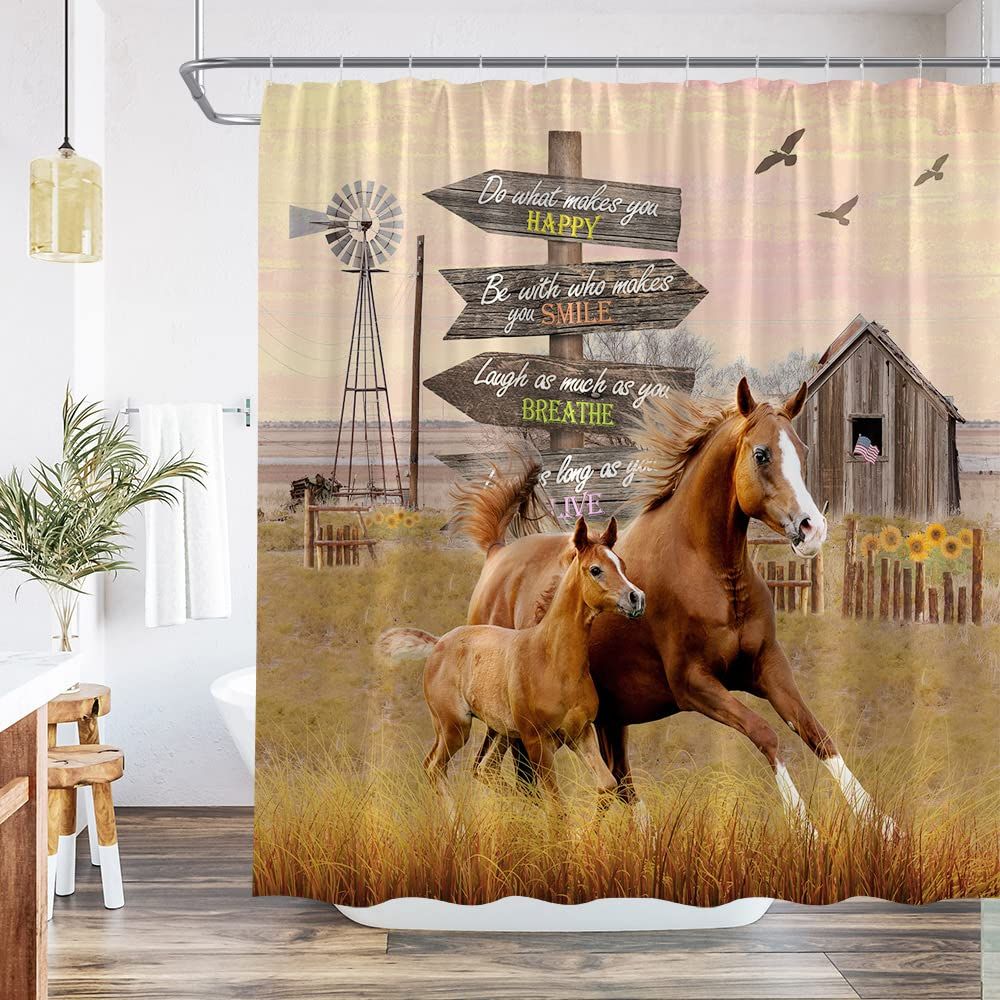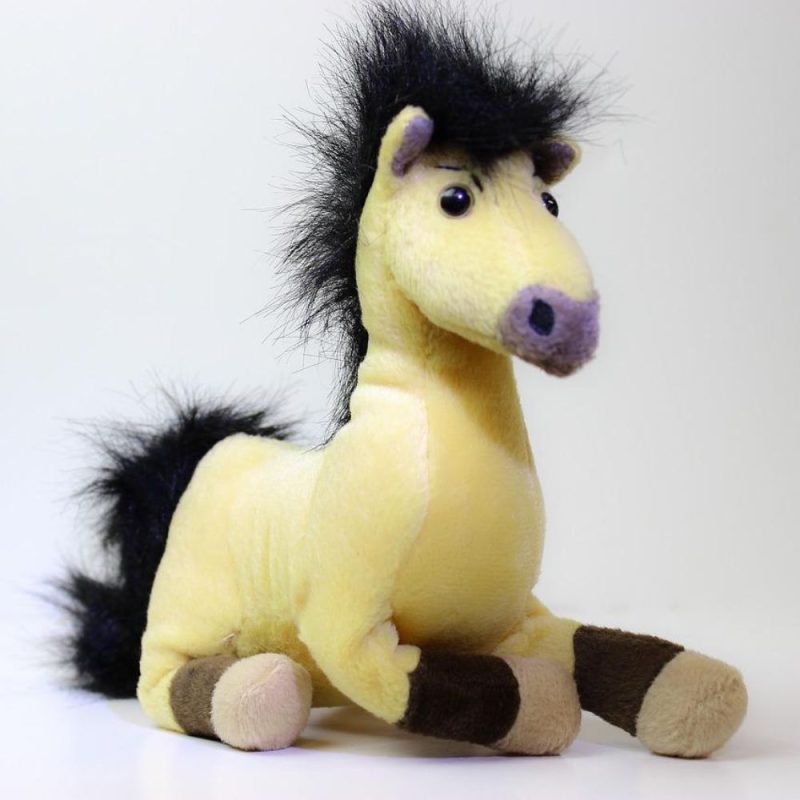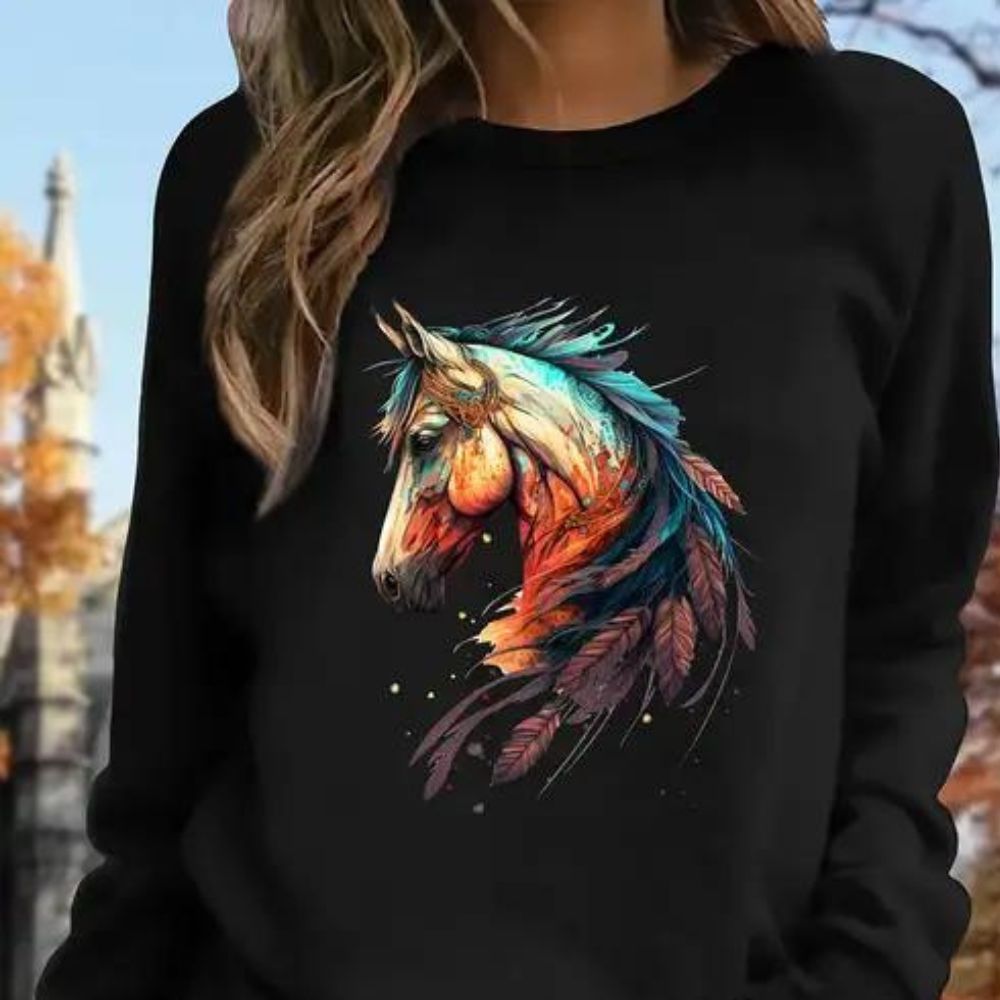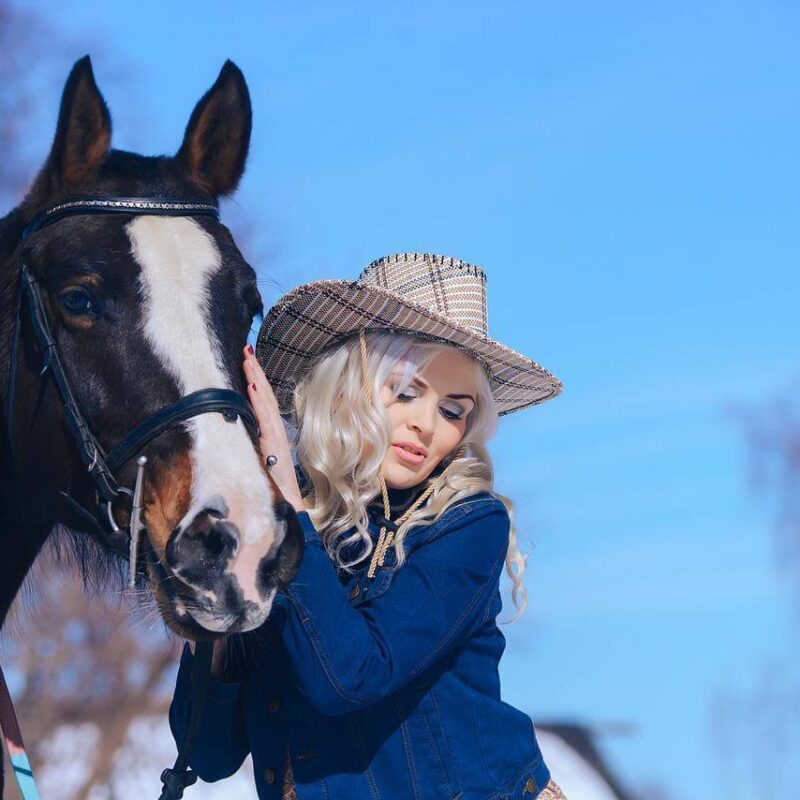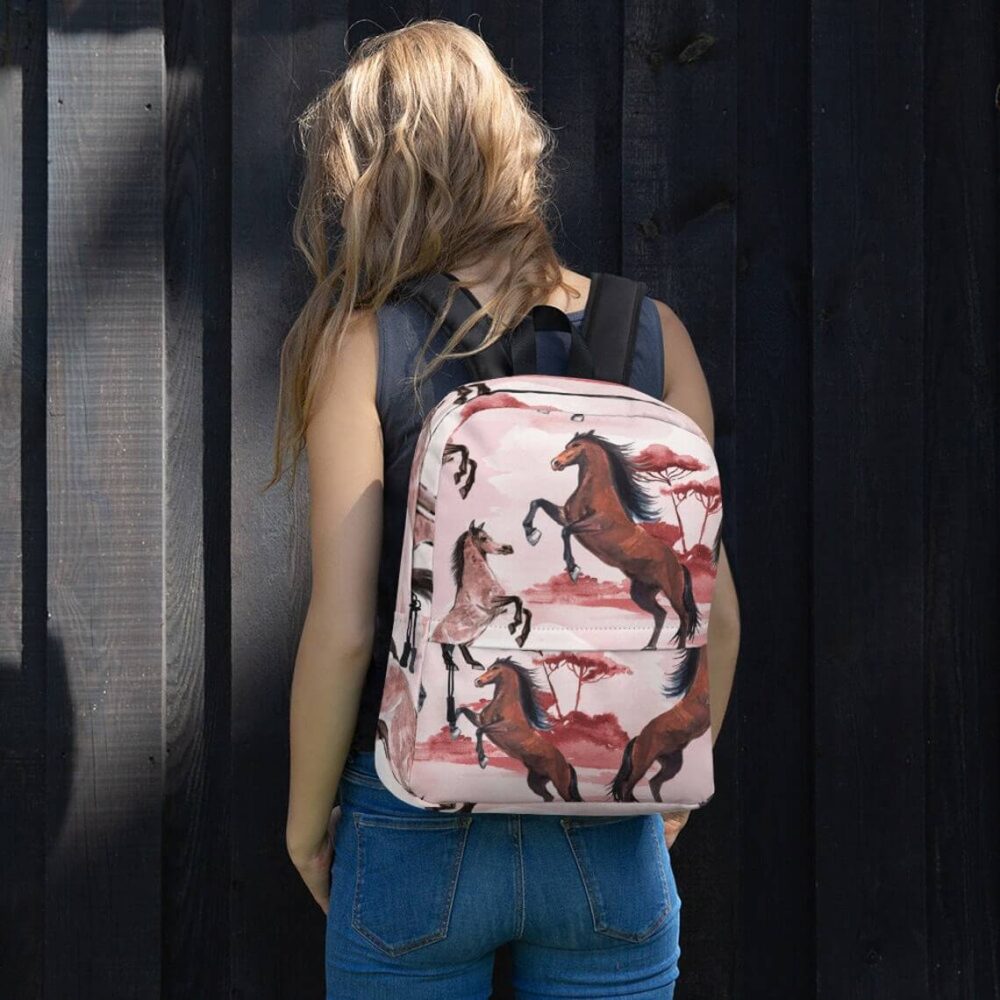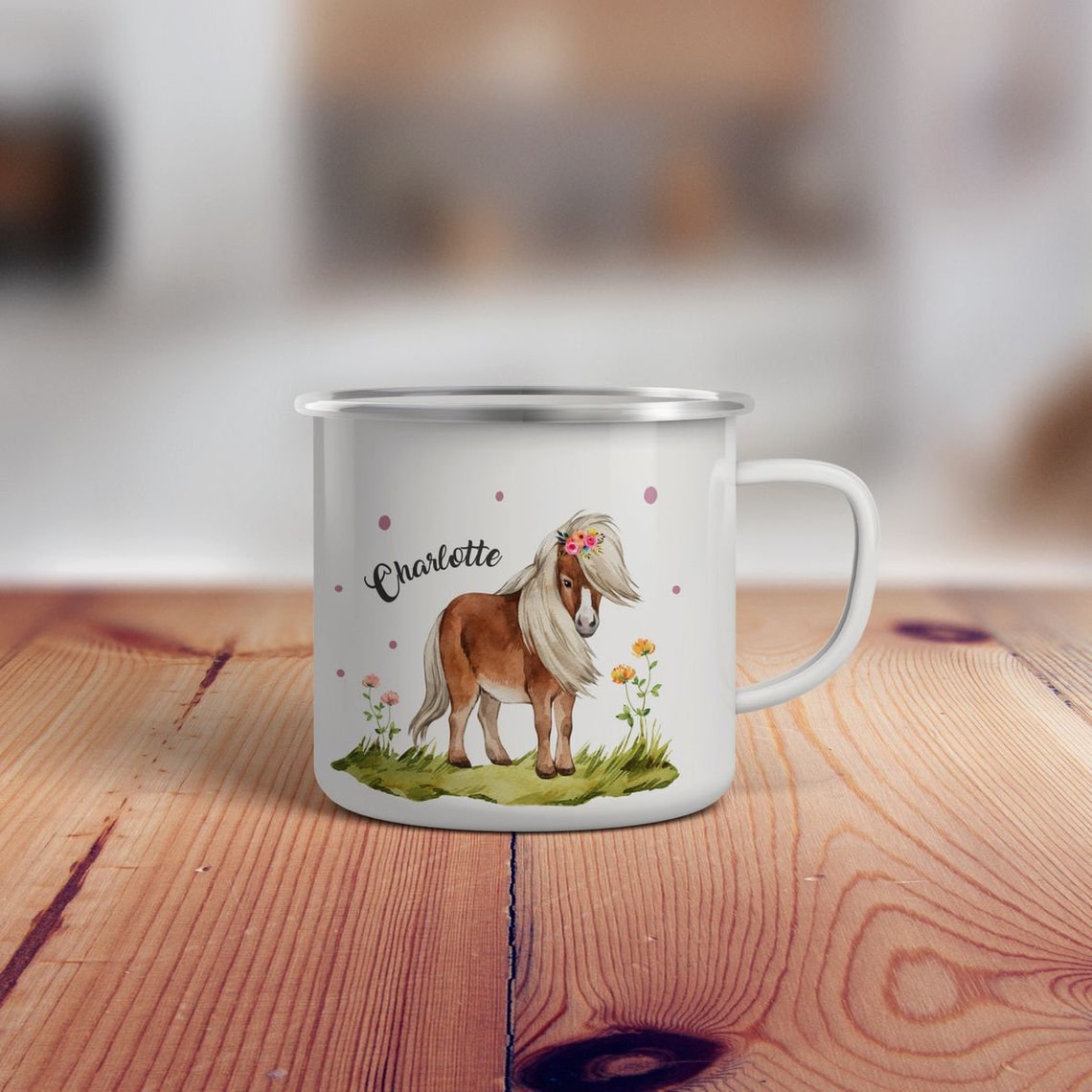
Do Horses See in Color? The Surprising Truth About Equine Vision
Ever watched a horse pause mid-gallop, ears pricked toward a distant fence? Their gaze seems sharp, alert—but what exactly do they see? While we admire their majestic presence, their vision is a world apart from ours. 🌈 So, do horses see in color? The answer isn’t black and white—but it’s far more fascinating than you might expect.
The Short Answer: Yes, But Differently
Horses do see color, but not in the same vibrant spectrum humans do. Research shows they perceive the world in dichromatic vision, meaning they see shades of blue and green while struggling with reds and oranges (which may appear muted or grayish). Imagine looking through a slightly faded photograph—still beautiful, but softer.
Their eyes evolved for survival, not sunset-watching. While we enjoy rainbows, horses prioritize detecting movement across wide-open plains. Yet… their vision isn’t «worse»—just different. A galloping horse might miss a red apple in the grass but spot a coyote’s silhouette half a mile away.
How Horse Vision Works: The Science Behind the Sight
Dichromatic vs. Trichromatic Vision
Humans have trichromatic vision, thanks to three types of cone cells in our eyes that detect red, blue, and green. Horses? They’ve got two—making them similar to humans with red-green colorblindness.
- Blues and yellows stand out vividly.
- Reds and oranges blend into greens (think autumn leaves vs. grass).
- Purples may appear blueish.
This adaptation helps them distinguish predators against open skies or grassy fields.
Night Vision: Seeing in the Dark
Ever noticed how horses rarely trip in dim light? Their large pupils and tapetum lucidum (a reflective eye layer) amplify available light, giving them superior night vision compared to humans. Moonlit rides? No problem—but sudden bright lights (like headlights) can blind them temporarily.
The Wide-Angle Advantage
With eyes on the sides of their heads, horses boast a nearly 350-degree field of view—almost panoramic! But there’s a catch:
- Binocular vision (where both eyes focus together) covers about 65 degrees—great for judging distances when jumping.
- Monocular zones (each eye working independently) detect peripheral motion.
This explains why spooky objects «disappear» if a horse turns its head—they literally lose sight of them!
How Horses Use Their Unique Vision
Survival Instincts in Action
In the wild, spotting a lurking predator meant life or death. Today’s domestic horses still rely on these traits:
- Motion sensitivity: A flicker in the bushes triggers their flight response.
- Depth perception: Critical for navigating rough terrain at speed.
- Low-light clarity: Dawn and dusk are prime grazing times.
The «Blind Spot» Quirk
Horses have two blind spots:
- Directly behind them (hence the classic «don’t approach from the rear» rule).
- Right under their nose—which is why they might fumble for treats in your palm.
Pro tip: Offer snacks from an open hand at chest level to avoid startling them.
Debunking Myths About Equine Vision
«Horses See Only in Black and White»
Nope! Early studies suggested monochrome vision, but advanced research confirms they do see colors—just fewer than we do.
«They Have Poor Eyesight»
Not true. Horses excel in detecting movement and seeing in dim light. Their vision isn’t «bad»—it’s specialized.
Practical Tips for Horse Owners
Want to work with your horse’s vision? Here’s how:
- Use blue/green equipment for better visibility (red buckets may blend into surroundings).
- Approach from the side to stay in their line of sight.
- Avoid sudden light changes (transition slowly from bright to dark spaces).
A World Through Their Eyes
Next time you lead your horse past a flowering meadow, remember: those blues and greens glow brighter to them, while red poppies might fade into the background. Their vision is a masterpiece of evolution—tailored for survival, not Instagram. 🐴
Yet, isn’t it magical? Even without seeing every hue, they still find beauty in the wind, the horizon, and the trust in your voice. After all, the best views are shared—whether in full color or not.








